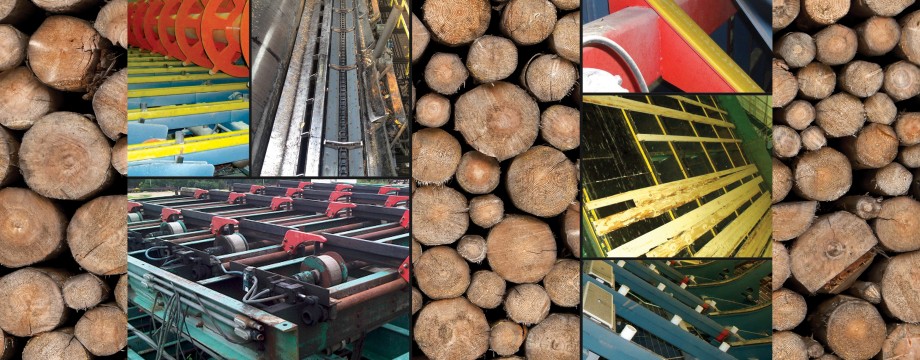Automation has been increasing in sawmills for decades. Redwood Plastics and Rubber’s own “Shark Fin Board Turning System” provided mechanical automation of board grading starting in the 1990s. Many industries continue to push for higher automation in order to reduce (human) errors, reduce costs, increase productivity, and therefore increase profits. Automated grading systems are one of the biggest developments in this area, removing what was once a job that could only be provided by skilled workers. Automated sorters are able to accurately seperate and classify lumber and computer systems can scan and automate saw processes.
Further automation will likely follow the recent fad of diverless vehicles and trucks. Within a few decades it may be common to have automated trucks entering the lumber yard and stacks of lumber being loaded by automated forklifts. Where do humans fit in this new world? There will always be need for supervisors and it’s also likely that – just like with the increasingly automated airline industry – a human is still going to be required as a backup in case of emergencies. One thing robots and computers do not do well is adapt to crises and changing conditions, whereas a human can. Increased automation will also require more complex vehicles and equipment, which probably means more maintenance people will be required. These maintenance crews will slowly adapt too – more than just mechanical knowledge, increasingly digital and programming skills will be required. There may soon be the day where the sawmill maintenance manager represents more of a preppy college kid than a blue-collar tradesperson. While automated and digital technology can streamline operations as is the goal, when that technology fails, skilled sawmill workers will still be required.

